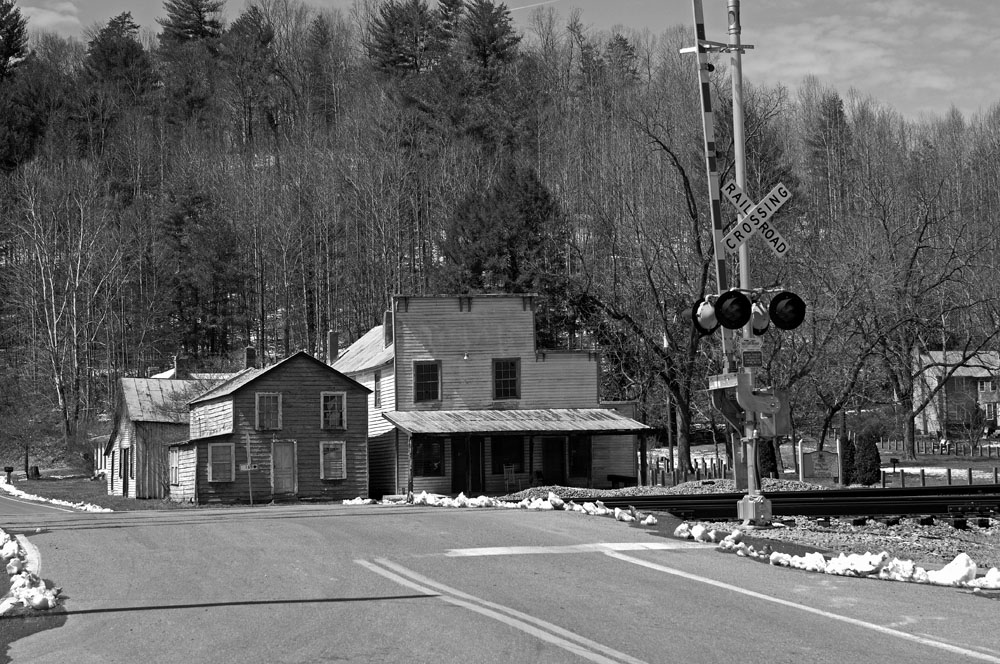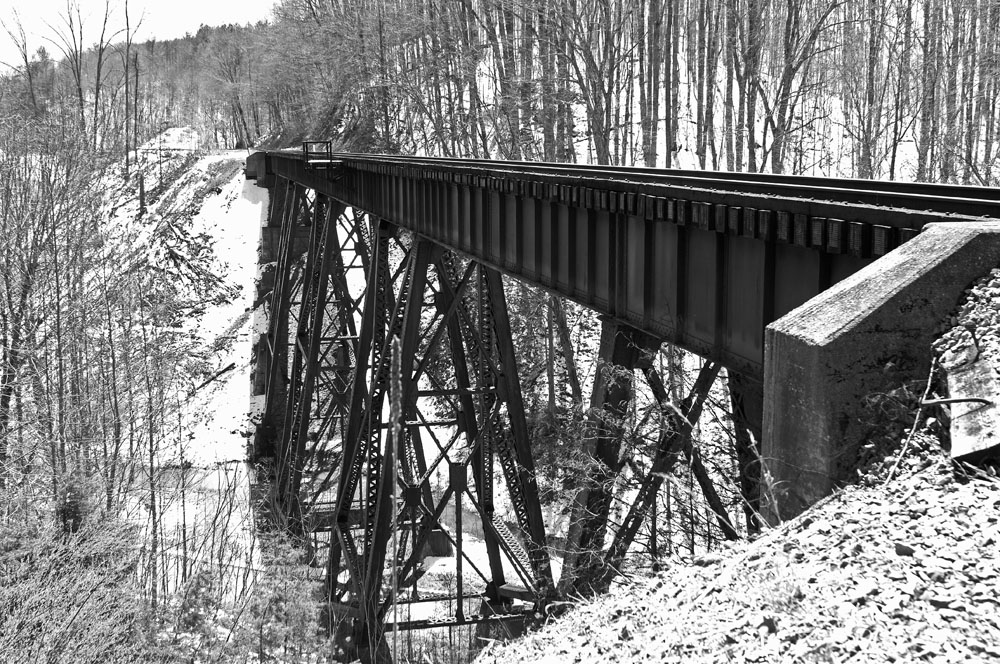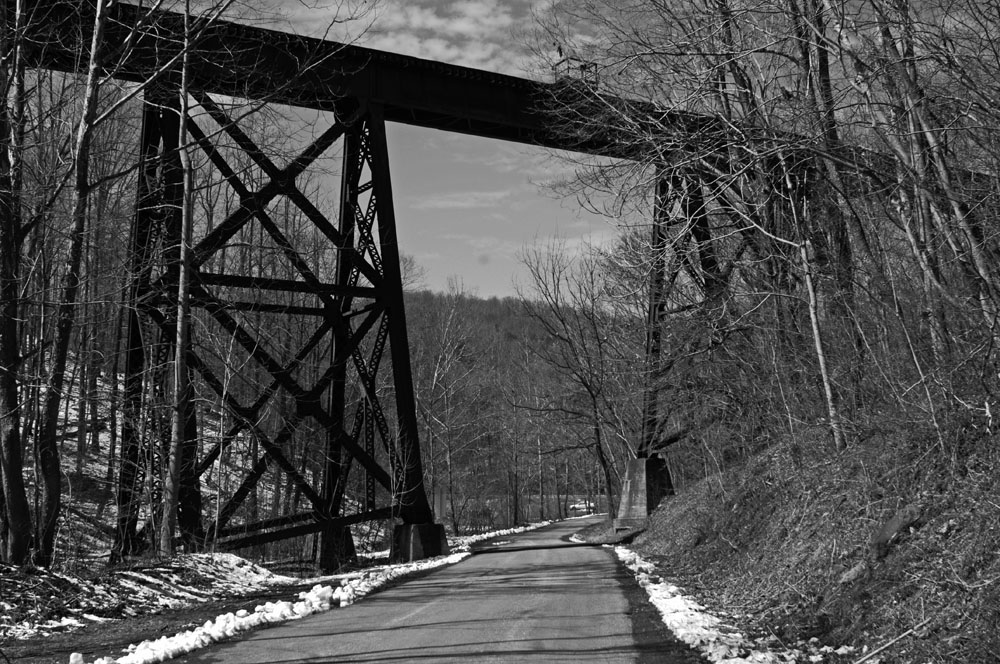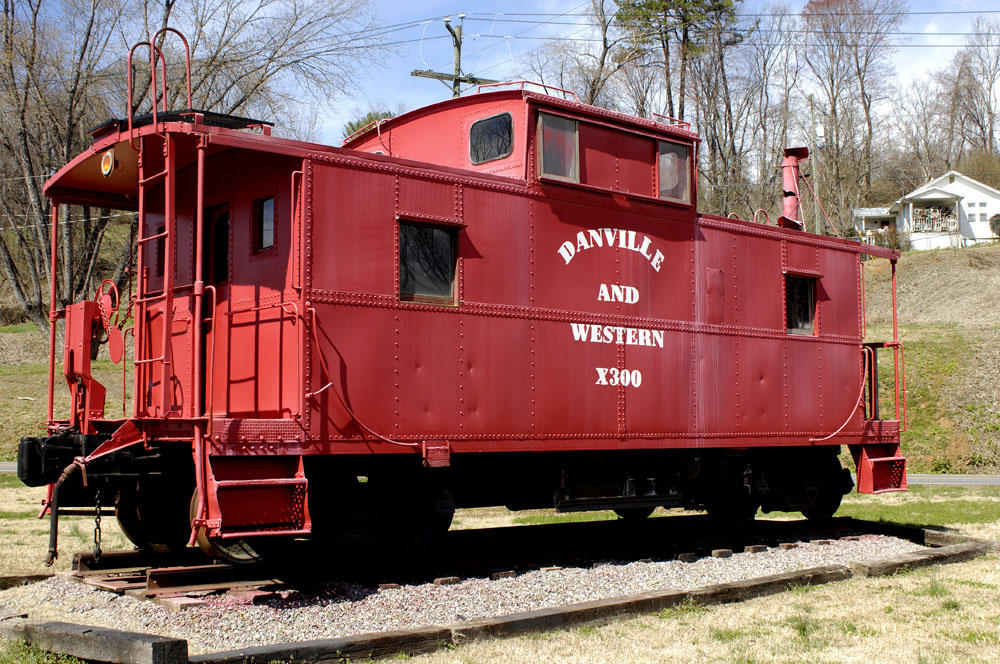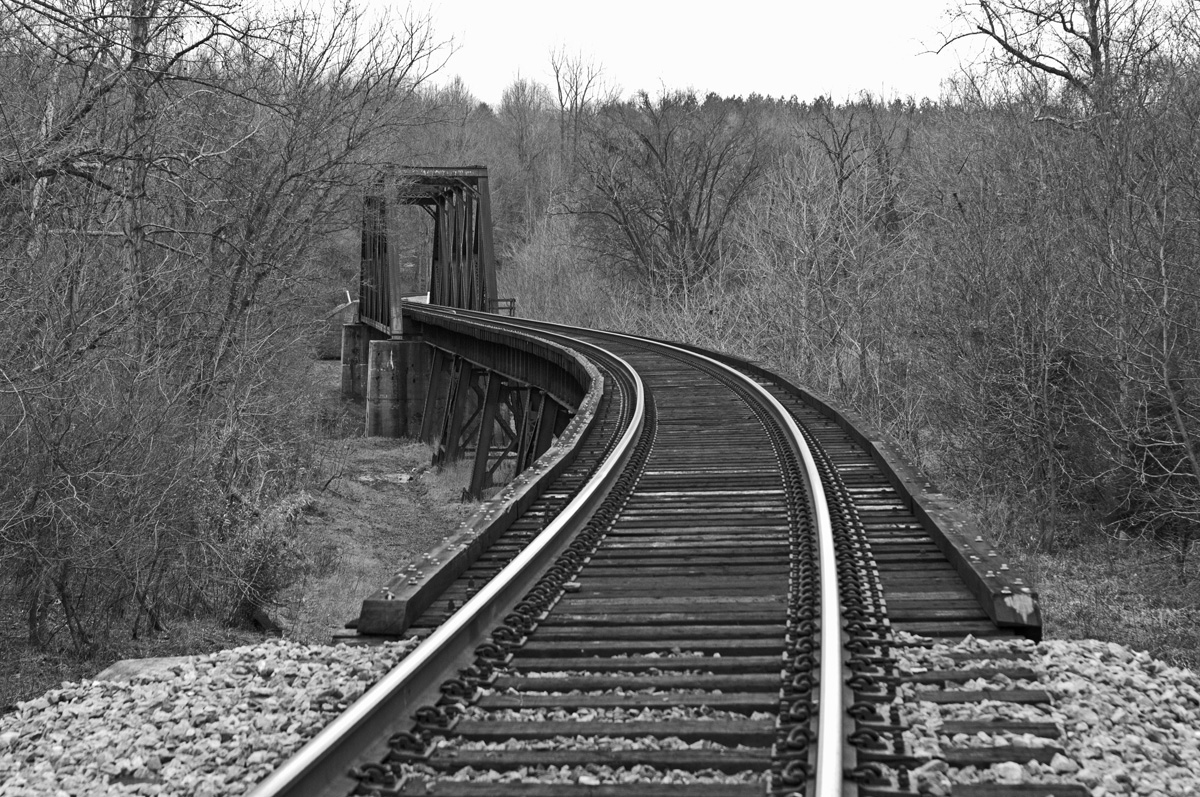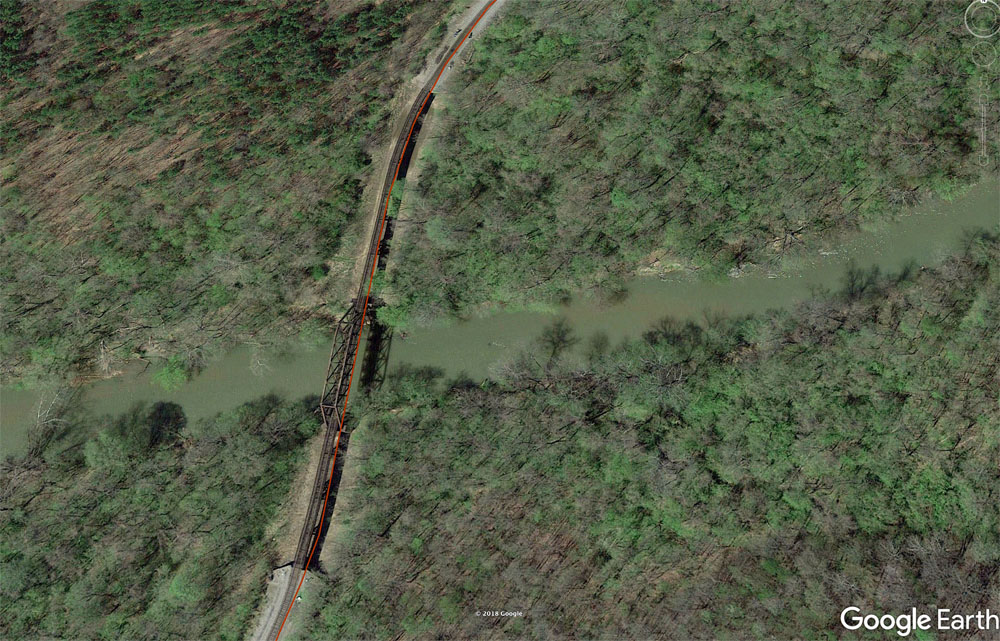
Rolling into Greensboro from Charlotte. Click here for high resolution version.
If I had not during the previous two weeks spent quite a lot of time on trains in the United Kingdom, I would not have noticed that American trains are bigger and wider than the U.K.’s trains. Here in the U.S., I rode trains from Greensboro to Raleigh for flights out of the Raleigh-Durham airport.
I had mistakenly assumed that the trains that shuttle back and forth from Raleigh to Charlotte are Amtrak trains. A conductor set me straight, after I’d asked him if he knew when the passenger car that I was riding in had been built. He didn’t know, but he volunteered some interesting information about North Carolina’s trains. They are in fact operated by Amtrak, but they are owned by the state of North Carolina. A good many years ago, North Carolina bought some older locomotives and passenger cars from Amtrak, restored them, and put them back into service for in-state travel.
My excuse for being unaware of that is that I was living in California when North Carolina’s train project started. Plus, we no longer have any state or local news to speak of. But Wikipedia has the complete story, N.C. by Train.
Some Googling confirmed that trains in the U.S. are larger and wider than trains in the U.K. The American tracks are wider, thus the cars and locomotives can be wider.
The passenger car that I rode in from Raleigh to Greensboro was downright elegant, a classic, like riding in a 1956 Buick. Though I was unable to determine when the car was made, my guess is that it was at least 30, if not 40, years old. New York, here I come again, by train, hopefully early next spring.

Classic elegance — a passenger car restored for the North Carolina train system. Click here for high resolution version.


